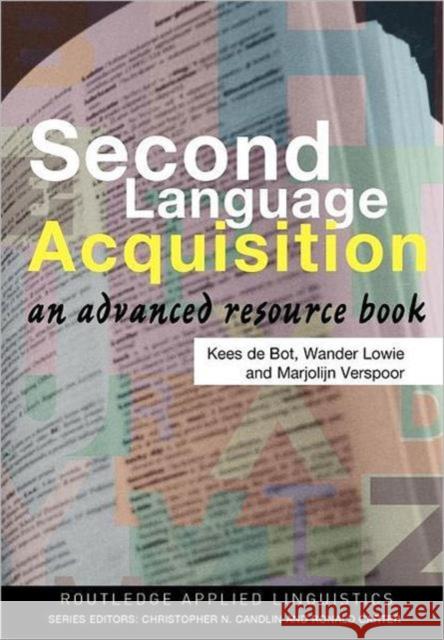Second Language Acquisition: An Advanced Resource Book » książka
topmenu
Second Language Acquisition: An Advanced Resource Book
ISBN-13: 9780415338707 / Angielski / Miękka / 2005 / 320 str.
Second Language Acquisition: An Advanced Resource Book
ISBN-13: 9780415338707 / Angielski / Miękka / 2005 / 320 str.
cena 204,81
(netto: 195,06 VAT: 5%)
Najniższa cena z 30 dni: 171,26
(netto: 195,06 VAT: 5%)
Najniższa cena z 30 dni: 171,26
Termin realizacji zamówienia:
ok. 22 dni roboczych.
ok. 22 dni roboczych.
Darmowa dostawa!
Second Language Acquisition:
- introduces the key areas in the field, including multilingualism, the role of teaching, the mental processing of multiple languages, and patterns of growth and decline
- explores the key theories and debates and elucidates areas of controversy
- gathers together influential readings from key names in the discipline, including: Vivian Cook, William E. Dunn and James P. Lantolf, S.P. Corder, and Nina Spada and Patsy Lightbown.











